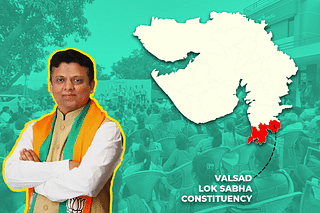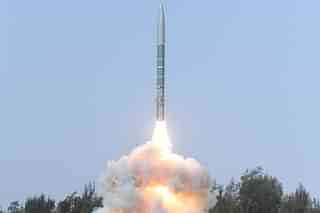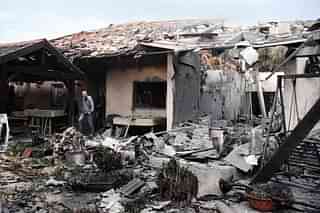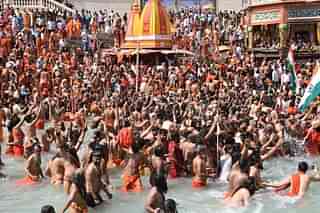News Brief
Supreme Court Refuses To Stay ASI Survey Of Bhojshala, Assures Muslim Side Of No Action On Outcome Without Permission
Nishtha Anushree
Apr 01, 2024, 02:24 PM | Updated 02:24 PM IST
Save & read from anywhere!
Bookmark stories for easy access on any device or the Swarajya app.
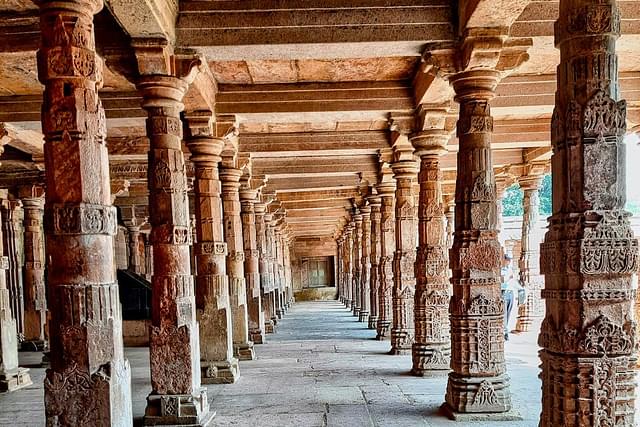
The Archaeological Survey of India's (ASI) scientific investigation of Bhojshala in Madhya Pradesh's Dhar will continue as the Supreme Court on Monday (1 April) refused to put a stay on it.
Bhojshala is an 11th-century ASI-protected monument whose 'multi-disciplinary scientific survey' was ordered by the Indore Bench of Madhya Pradesh High Court on 11 March.
However, challenging this order, the Muslim side moved the Supreme Court as they considered it Kamal Maula mosque. Hindus consider it a temple of Goddess Saraswati.
Renowned archaeologist KK Muhammed has asserted that the complex was originally a Saraswati temple that was later converted into an Islamic place of worship.
The only assurance the Muslim side got was that no action on the outcome of the report could be taken without the permission of the apex court.
An arrangement has been in force since April 2003, according to which Hindus perform puja at the disputed site on Tuesdays and Muslims offer namaz on Fridays.
A notice was issued by the bench of Justices Hrishikesh Roy and P K Mishra to the Centre, Madhya Pradesh government, ASI and others to not take any action on the outcome of the survey.
"It is made clear that no physical excavation should be taken which will change the character of the premises in question," the bench added as per The Economic Times.
Earlier, the High Court allowed the survey using GPR (Ground Penetrating Radar), GPS, excavation and dating methods and a five-member committee of ASI members was formed.
The committee headed by the Director or the Additional Director of ASI was asked to submit the report before the High Court within six weeks.
While Maulana Kamaluddin Welfare Society challenged the order, the Hindu side lawyer Vishnu Shankar Jain explained that the order does not violate Places of Worship Act of 1991.
This is because ASI-protected monuments get exemptions from the Act and the survey was allowed based on the Monuments Act 1958.
Save & read from anywhere!
Bookmark stories for easy access on any device or the Swarajya app.
Nishtha Anushree is Senior Sub-editor at Swarajya. She tweets at @nishthaanushree.
Support Swarajya's 50 Ground Reports Project & Sponsor A Story
Every general election Swarajya does a 50 ground reports project.
Aimed only at serious readers and those who appreciate the nuances of political undercurrents, the project provides a sense of India's electoral landscape. As you know, these reports are produced after considerable investment of travel, time and effort on the ground.
This time too we've kicked off the project in style and have covered over 30 constituencies already. If you're someone who appreciates such work and have enjoyed our coverage please consider sponsoring a ground report for just Rs 2999 to Rs 19,999 - it goes a long way in helping us produce more quality reportage.
You can also back this project by becoming a subscriber for as little as Rs 999 - so do click on this links and choose a plan that suits you and back us.
Click below to contribute.

